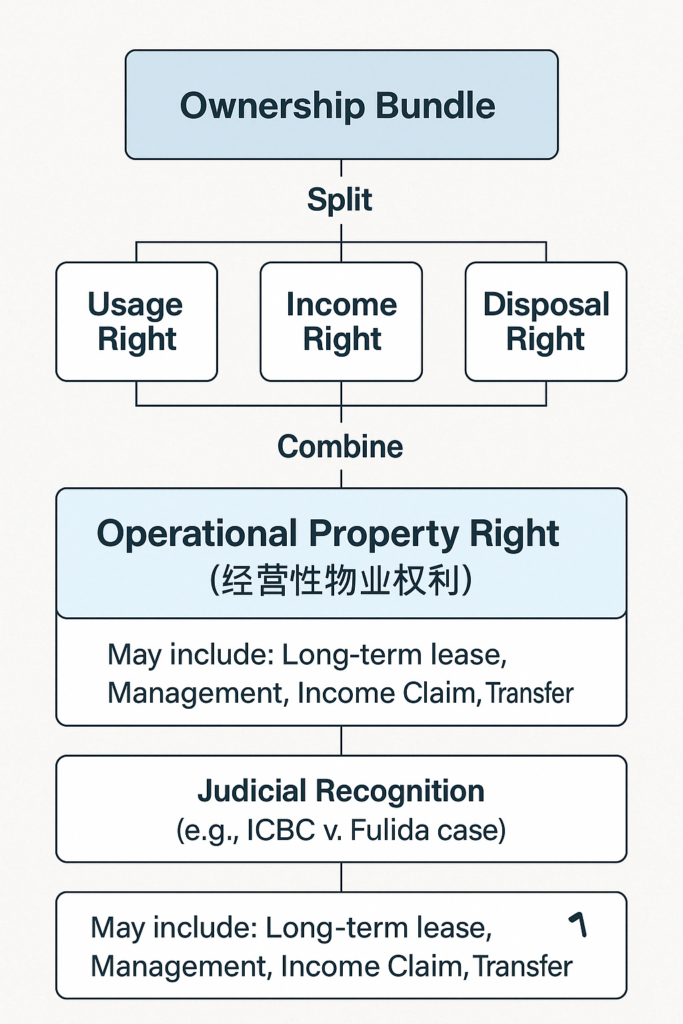What Are the “Four Permits” in China?
In China, fixed asset projects (such as real estate developments, infrastructure, and industrial facilities) require four key regulatory approvals before construction can begin. These permits ensure compliance with land use, planning, and construction laws.
Here’s what they cover:
| Permit (China) | Purpose | U.S. Equivalent |
|---|---|---|
| 1. Land Use Right Certificate (国有土地使用权证) | Proves legal right to develop the land. | Deed / Title Report (Proves ownership or leasehold rights.) |
| 2. Land Planning Permit (建设用地规划许可证) | Approves land use for specific purposes (e.g., residential, industrial). | Zoning Approval (Local govt. confirms project aligns with zoning laws.) |
| 3. Construction Planning Permit (建设工程规划许可证) | Approves building design, height, density, etc. | Site Plan Approval / Architectural Review (Ensures compliance with building codes and aesthetics.) |
| 4. Construction Permit (建设工程施工许可证) | Authorizes actual construction work. | Building Permit (Issued after engineering plans meet safety codes.) |
How Does the U.S. System Compare?
Unlike China’s centralized “Four Permits,” the U.S. has a decentralized system where requirements vary by state, county, and city. However, the general approval process includes:
1. Land Ownership & Zoning (≈ China’s Land Use & Planning Permits)
- Deed / Title Report – Confirms legal ownership (like China’s Land Use Right Certificate).
- Zoning Approval – Local government checks if the land is zoned for the intended project (e.g., industrial, residential).
- Environmental & Land Use Reviews – Some projects require environmental impact studies (EIS) or wetlands permits.
2. Design & Planning Approvals (≈ China’s Construction Planning Permit)
- Site Plan Approval – Local planning commission reviews building layouts, parking, drainage, etc.
- Architectural Review – Some cities (e.g., historic districts) require aesthetic approval.
3. Construction Authorization (≈ China’s Construction Permit)
- Building Permit – Issued after engineers and architects submit compliant blueprints.
- Utility & Impact Fees – Some jurisdictions require fees for roads, schools, or water systems.
Additional U.S.-Specific Permits (Not Required in China)
✅ Environmental Permits (EPA, state agencies) – For air/water quality, hazardous materials.
✅ Fire Department Review – Ensures emergency exits and sprinkler systems meet codes.
✅ ADA Compliance – Accessibility for people with disabilities.
✅ Historical Preservation Approvals – If the site is in a protected area.
Key Differences: China vs. U.S.
| Aspect | China | United States |
|---|---|---|
| Approval Process | Centralized (national standards) | Decentralized (local governments set rules) |
| Land Ownership | State-owned (leaseholds) | Private ownership (buy/sell freely) |
| Timeline | Fixed sequence (must complete “Four Permits” in order) | Some permits can be obtained in parallel |
| Flexibility | Strict compliance | Varies by location (some cities streamline approvals) |
Practical Implications for Developers
- In China: Missing one permit blocks the entire project. Government coordination is critical.
- In the U.S. Delays often come from local community opposition (NIMBYism) or environmental lawsuits. Hiring a land use attorney helps navigate complex regulations.
Example Workflow (U.S. Construction Project)
- Buy land → Confirm zoning.
- Submit site plans → Get zoning approval.
- Finalize engineering designs → Obtain building permit.
- Pass inspections → Begin construction.
Final Thoughts
- China’s “Four Permits” ensure strict regulatory control.
- The U.S. system prioritizes local governance and environmental/safety checks.
- Developers entering either market must understand these key differences to avoid costly delays.
🥳 Love My Content?
Fuel more free guides with a beer! 🍺
(Every sip makes the keyboard dance!)
Secured via PayPal • No account needed

 SinoLoanHub: Expert Business Loan Solutions for North American Companies
SinoLoanHub: Expert Business Loan Solutions for North American Companies






